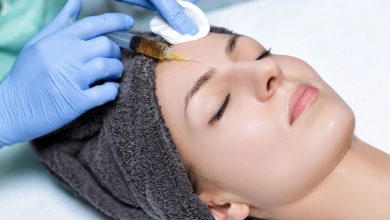Melanoma: Risks & Prevention

Melanoma, a type of skin cancer, has caused DNA mutations in skin cells. This causes uncontrolled growth. The UV rays of the sun and tanning beds can cause DNA damage to your skin cells. Some of the damage is repaired by your immune system, but not all. The DNA damage that remains can cause mutations that lead to skin cancer. Other factors can also increase the risk of melanoma. These include genetics, family history, skin color or type, freckling, and the number of moles in the body.
Knowing the causes of melanoma can help you detect and treat it early, when it is most effective to treat.
These factors can increase your risk of developing melanoma:
- Excessive UV exposure, or not being protected from the sun or indoor tanning.
- A medical condition or medication can cause a weakening of the immune system.
- Multiple moles: The higher the risk of developing melanoma, the more moles you have. A large number of moles (larger than the tip of a pencil eraser) or any unusual moles can increase your risk of developing melanoma.
- Fair skin: Melanoma is more common in those with fair skin, pale eyes, and light hair.
- History of skin cancer: People who have had melanoma or other forms of skin cancer are at greater risk for developing it in the future.
- Genetics: Melanoma can run within families. One in ten patients has a relative who has also had the disease.
Moles & Its Relationship to Melanoma
Moles, are normally benign, but people with many moles are more likely to develop melanoma. Although most melanomas occur in normal skin, it is more common for melanoma in existing moles. Around 20-30% of melanomas are caused by existing moles.
Dysplastic nevi, or atypical moles, are larger than a pencil eraser tip and can be irregularly bordered and have multiple colors. Although they can look like melanoma, they are not precancerous or cancerous. Melanoma is very common in people with many moles or atypical moles.
Melanoma can either develop in a mole, or in normal skin. It is important that you consult your dermatologist immediately if you notice a new mole.
Prevention & Early Detection of Melanoma
- Keep an eye out for FAMMM and other hereditary risk factors. Make sure you are regularly self-checking, and make sure to visit your dermatologist frequently for professional skin examinations.
- Start early: Children in melanoma-prone families need special attention. Doctors recommend skin exams at puberty as well as during adolescence.
- Familial melanoma has a higher survival rate than non-familial melanomas. This is likely due to the fact that these families closely monitor their children and detect melanomas earlier, which is more likely to be treated.
- Protect your skin from UV radiation: Simple, smart protection measures can help reduce the risk of melanoma. Protect your skin from the sun every day, even if it is cloudy. Avoid indoor tanning entirely.




